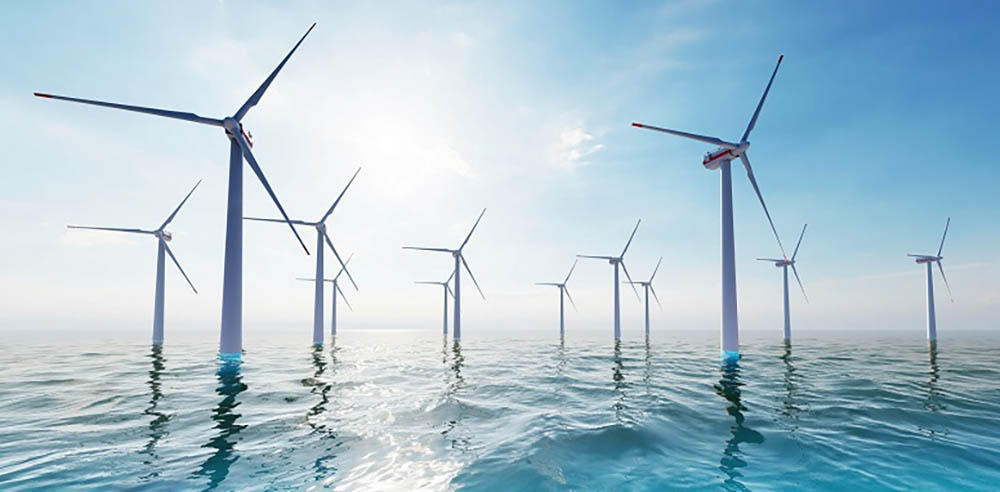Galp's commitment to wind energy at sea (offshore) in Portugal will depend on developments in the regulatory framework, said the oil company today, which underlined that it was too early to talk about commitments and business models.
“Our commitment will depend on how the regulatory framework for wind power offshore will develop”, said Georgios Papadimitriou, from the Executive Committee of Galp, with the areas of Renewables, Innovation and New Businesses, in the usual call with analysts after the disclosure of results.
Galp and TotalEnergies announced, on June 20, an agreement for the joint exploration of potential wind opportunities offshore in Portugal, within the scope of the Government's plan to promote 10 Gigawatts (GW) of that renewable energy, off the coast of the country, in the coming years.
Asked about the details of the agreement, Georgios Papadimitriou stressed that it is a “long, long term” opportunity.
"It's too early to talk about the business model and commitments", added the person in charge, a member of Galp's Board of Directors and Executive Committee since January 2022.
On May 30, the Secretary of State for Energy, Ana Fontoura Gouveia, said that the first wind auction offshore would be launched by the end of this year, with the winner expected to be announced in 2024.
The wind power working group offshore proposed that, in a first phase, a capacity of up to 3,5 gigawatts (GW) be made available in Viana do Castelo, Leixões and Figueira da Foz, leaving Sines and Ericeira-Cascais outside this phase.
The remaining capacity should be allocated in subsequent phases, until 2030, up to 10 GW.
The Plan for Allocation of Maritime Areas for Exploitation of Renewable Energies (PAER) is expected to be approved in the last quarter of 2023.
Galp today reported a profit of 508 million euros in the first six months of the year, 21% more than in the same period of 2022.



















Comments